Home>Gardening & Outdoor>Outdoor Structures>How Thick Should A Slab Be For A Shed
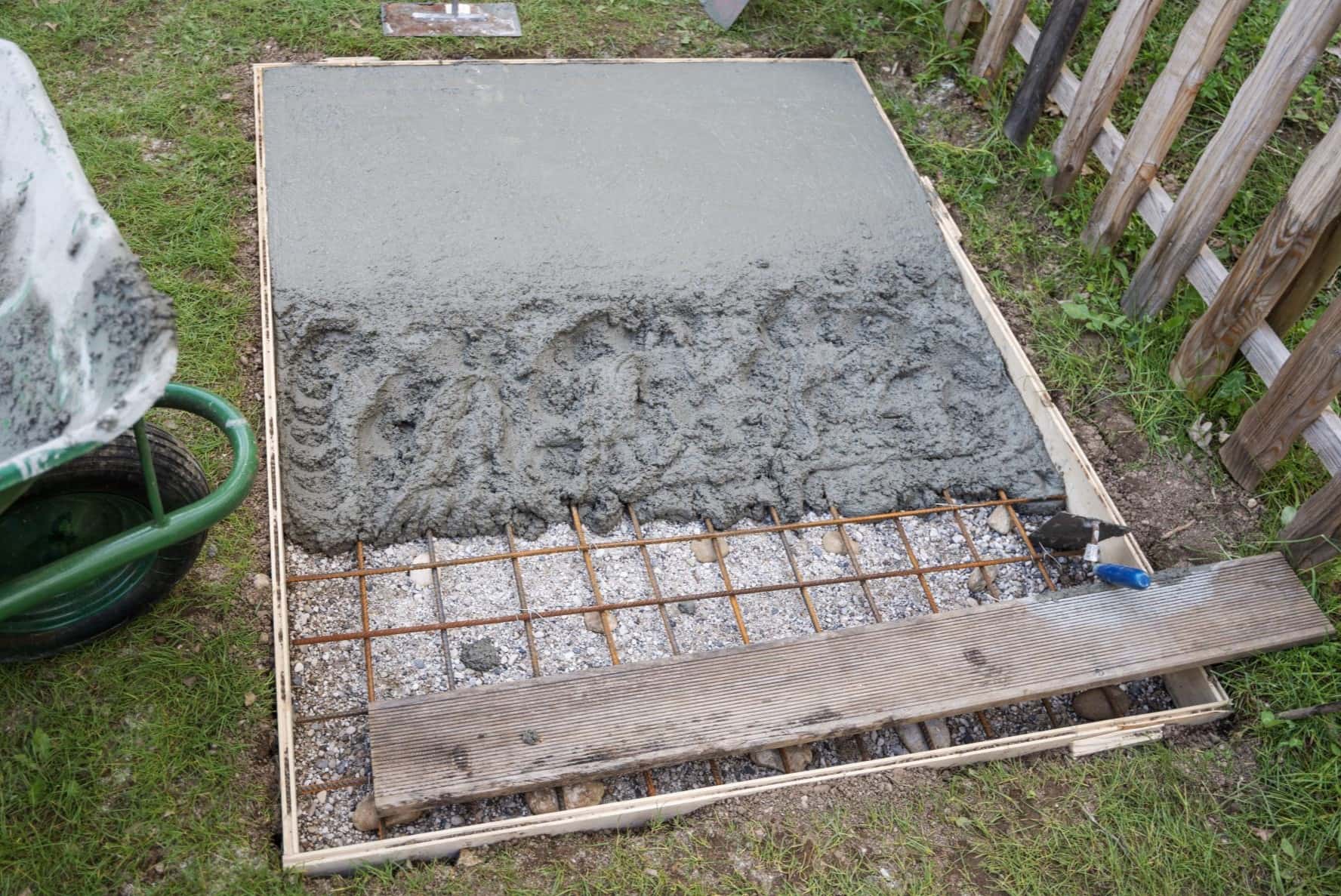

Outdoor Structures
How Thick Should A Slab Be For A Shed
Published: January 19, 2024
Ensure the stability of your shed by learning the ideal thickness for the concrete slab. Get expert advice on outdoor structures.
(Many of the links in this article redirect to a specific reviewed product. Your purchase of these products through affiliate links helps to generate commission for Storables.com, at no extra cost. Learn more)
Introduction
Building a shed in your backyard can be an exciting and rewarding project. Whether you plan to use it as a storage space, a workshop, or a cozy retreat, ensuring a solid foundation is crucial for the structure's longevity and stability. One of the key considerations when constructing a shed is determining the appropriate thickness for the slab upon which it will rest. The thickness of the slab plays a critical role in supporting the weight of the shed and its contents, as well as withstanding environmental factors such as frost heave and soil movement.
In this comprehensive guide, we will delve into the various factors that influence the ideal thickness for a shed slab, explore the recommended thickness based on different considerations, and compare concrete and gravel options. By the end of this article, you will have a clear understanding of the crucial aspects to consider when determining the thickness of a shed slab, empowering you to make informed decisions for your shed-building endeavors.
Key Takeaways:
- Choose a 4-inch concrete slab for standard sheds, but go for 6-8 inches for heavy-duty use or frost-prone areas. Consider soil type, climate, and intended shed use for the best decision.
- Concrete slabs offer strength and durability, while gravel slabs are cost-effective and flexible. Consider pros and cons to choose the best option for your shed based on your budget and long-term needs.
Read more: How Thick Should A Concrete Patio Slab Be
Factors to Consider
When determining the appropriate thickness for a shed slab, several factors come into play, each of which can significantly impact the overall stability and durability of the structure.
- Shed Size and Weight: The dimensions and weight of the shed are primary factors to consider. Larger sheds and those intended to store heavy equipment or machinery will require a thicker slab to adequately support the load without cracking or settling.
- Soil Type and Compaction: The composition and compaction of the soil at the building site are critical considerations. Different soil types, such as clay, sand, or loam, have varying load-bearing capacities and response to moisture, which can influence the required thickness of the shed slab.
- Climate and Frost Depth: The local climate and the depth of frost penetration in the region play a crucial role in determining the thickness of the shed slab. In areas prone to freezing temperatures, the slab must be thick enough to resist potential frost heave, which can cause upheaval and damage to the structure.
- Intended Use: Understanding the shed’s purpose is essential. If it will house delicate items or serve as a workspace where a level surface is vital, a thicker slab may be necessary to ensure stability and minimize cracking or settling.
- Budget and Material Availability: The budget for the project and the availability of construction materials can influence the thickness of the shed slab. While thicker slabs offer enhanced strength, they may require more concrete or gravel, impacting the overall cost of the project.
By carefully considering these factors, you can make informed decisions about the appropriate thickness for your shed slab, ensuring that it meets the specific requirements of your project and the environmental conditions of your location.
Recommended Thickness for Shed Slabs
When determining the ideal thickness for a shed slab, it is essential to take into account the factors mentioned earlier. While there is no one-size-fits-all solution, considering the following guidelines can help you make an informed decision based on your specific needs and circumstances.
- Standard Thickness: For most standard sheds used for storage or as a small workshop, a 4-inch thick concrete slab is often sufficient to support the structure and its contents. This thickness provides adequate strength and durability for typical shed applications.
- Heavy-Duty Requirements: If your shed will be subjected to heavier loads, such as large machinery or vehicles, or if you reside in an area with expansive soils or high frost depth, opting for a 6-inch or 8-inch thick slab may be necessary to ensure long-term stability and prevent cracking or settling.
- Consideration of Climate: In regions with cold climates and significant frost depth, increasing the thickness of the shed slab to 6 inches or more can help mitigate the risks associated with frost heave, providing added protection against potential damage caused by soil movement.
- Enhanced Durability: If your shed will serve as a long-term investment or house valuable equipment, opting for a thicker slab, such as 6 inches, can enhance the overall durability and lifespan of the structure, reducing the likelihood of structural issues over time.
It is important to note that these recommendations are general guidelines, and consulting with a professional engineer or contractor can provide valuable insights tailored to your specific requirements and local building codes. By carefully assessing the factors that influence the thickness of your shed slab and considering these recommendations, you can ensure that your shed’s foundation is well-suited to support your needs and withstand environmental challenges.
A 4-inch thick concrete slab is generally sufficient for a shed, but if you plan to store heavy equipment or vehicles, consider a 6-inch thick slab for added durability.
Concrete vs. Gravel: Pros and Cons
When it comes to constructing a shed slab, choosing between concrete and gravel involves considering the distinct advantages and drawbacks of each material. Both options offer unique benefits, and understanding their respective pros and cons can help you make an informed decision based on your specific requirements and preferences.
- Concrete:
Concrete slabs provide a solid and durable foundation for sheds, offering several advantages:
- Strength and Longevity: Concrete slabs are known for their exceptional strength and longevity, providing a stable and reliable base for the shed.
- Resistance to Settling: Properly constructed concrete slabs are less prone to settling or shifting, offering a level surface for the shed.
- Protection Against Moisture: Concrete slabs can help prevent moisture from seeping into the shed, offering enhanced protection for the contents.
However, there are some potential drawbacks to consider when opting for a concrete shed slab:
- Cost and Labor: Concrete slabs can be more expensive and labor-intensive to install compared to gravel, impacting the overall project cost.
- Cracking and Repair: Despite their durability, concrete slabs can develop cracks over time, requiring maintenance and repair to preserve their integrity.
- Gravel:
Gravel slabs offer a cost-effective and versatile alternative to concrete, with their own set of advantages:
- Cost-Effectiveness: Gravel slabs are generally more affordable than concrete, making them an attractive option for budget-conscious projects.
- Permeability and Drainage: Gravel allows for better drainage and can help prevent standing water around the shed, reducing the risk of moisture-related issues.
- Flexibility and Easy Installation: Gravel slabs are easier and quicker to install than concrete, offering flexibility in adjusting the surface as needed.
However, gravel slabs also have considerations that may influence your decision:
- Settling and Stability: Gravel slabs may be more prone to settling and unevenness over time, requiring periodic leveling and maintenance.
- Moisture and Erosion: While gravel facilitates drainage, it may not provide the same moisture protection as a concrete slab and can be susceptible to erosion in certain conditions.
By carefully weighing the pros and cons of concrete and gravel shed slabs, you can select the option that best aligns with your budget, project requirements, and long-term considerations, ensuring a solid foundation for your shed.
Conclusion
Constructing a shed slab of the appropriate thickness is a fundamental aspect of ensuring the stability, longevity, and functionality of your shed. By considering factors such as shed size and weight, soil type and compaction, climate, intended use, and budget, you can make informed decisions about the ideal thickness for your shed slab, tailored to your specific needs and environmental conditions.
While a standard 4-inch concrete slab may suffice for many shed applications, heavier loads, challenging soil conditions, and extreme climates may necessitate thicker slabs of 6 inches or more to provide the necessary support and protection against frost heave and settling. Consulting with a professional engineer or contractor can offer valuable insights and ensure compliance with local building codes and regulations.
When choosing between concrete and gravel for your shed slab, weighing the respective pros and cons is essential. While concrete slabs offer exceptional strength and durability, gravel slabs provide cost-effectiveness and flexibility. Considering factors such as cost, longevity, maintenance, and moisture protection can help you determine the most suitable option for your shed project.
Ultimately, the thickness and material of your shed slab should align with your specific requirements, budget, and long-term considerations. By carefully evaluating these factors and seeking professional guidance when needed, you can lay a solid foundation for your shed, ensuring its resilience and functionality for years to come.
Armed with the knowledge and insights provided in this guide, you are well-equipped to embark on your shed-building journey with confidence, knowing that the foundation upon which your shed rests is tailored to meet the demands of your unique project.
Frequently Asked Questions about How Thick Should A Slab Be For A Shed
Was this page helpful?
At Storables.com, we guarantee accurate and reliable information. Our content, validated by Expert Board Contributors, is crafted following stringent Editorial Policies. We're committed to providing you with well-researched, expert-backed insights for all your informational needs.
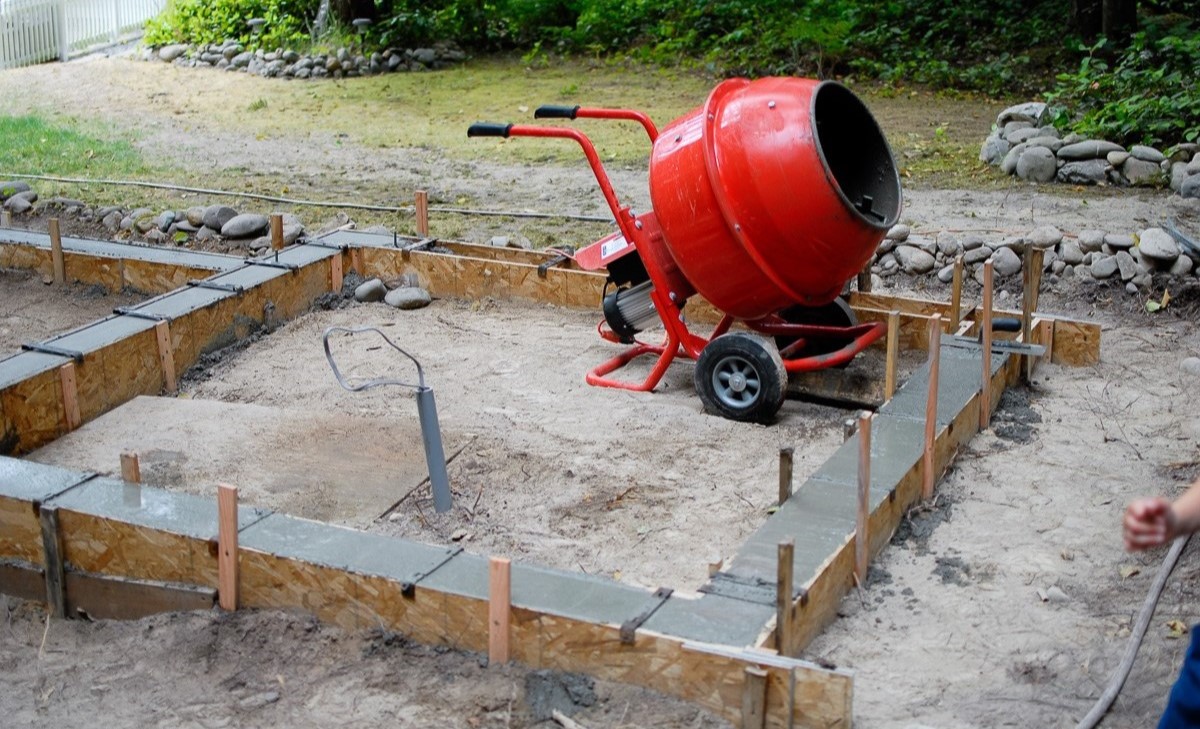
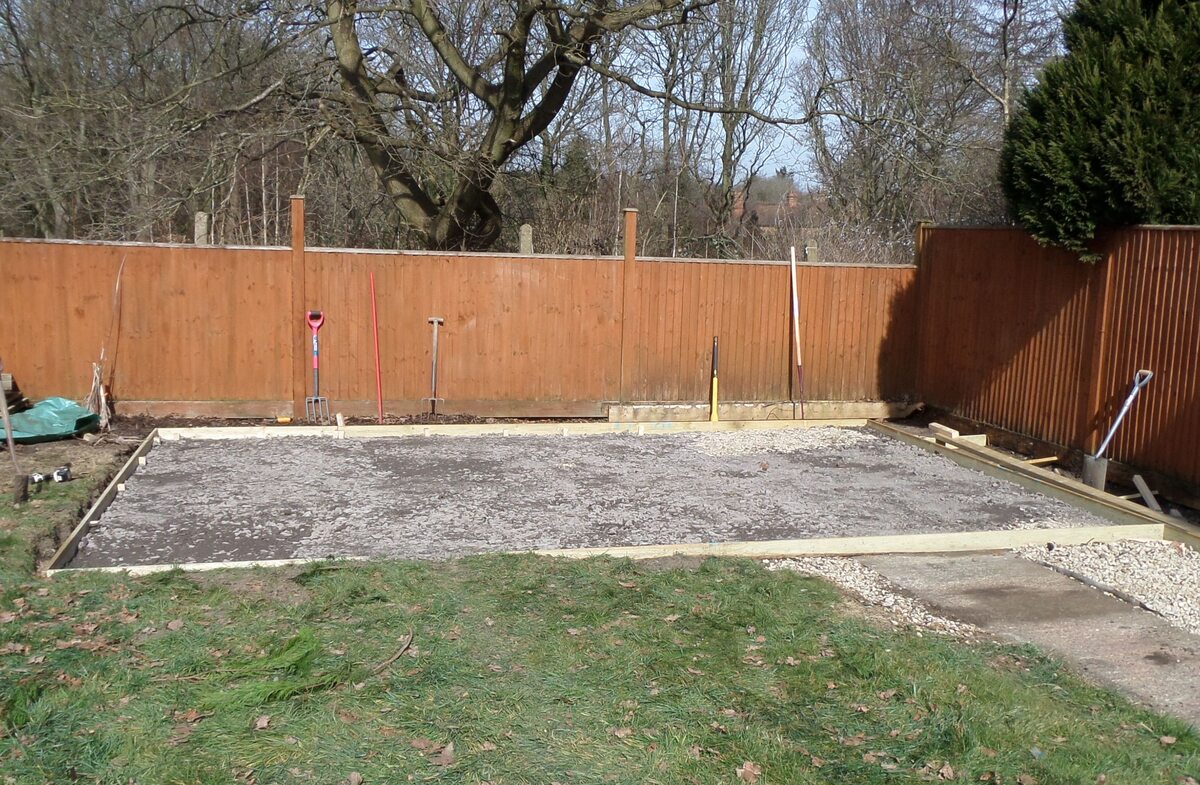
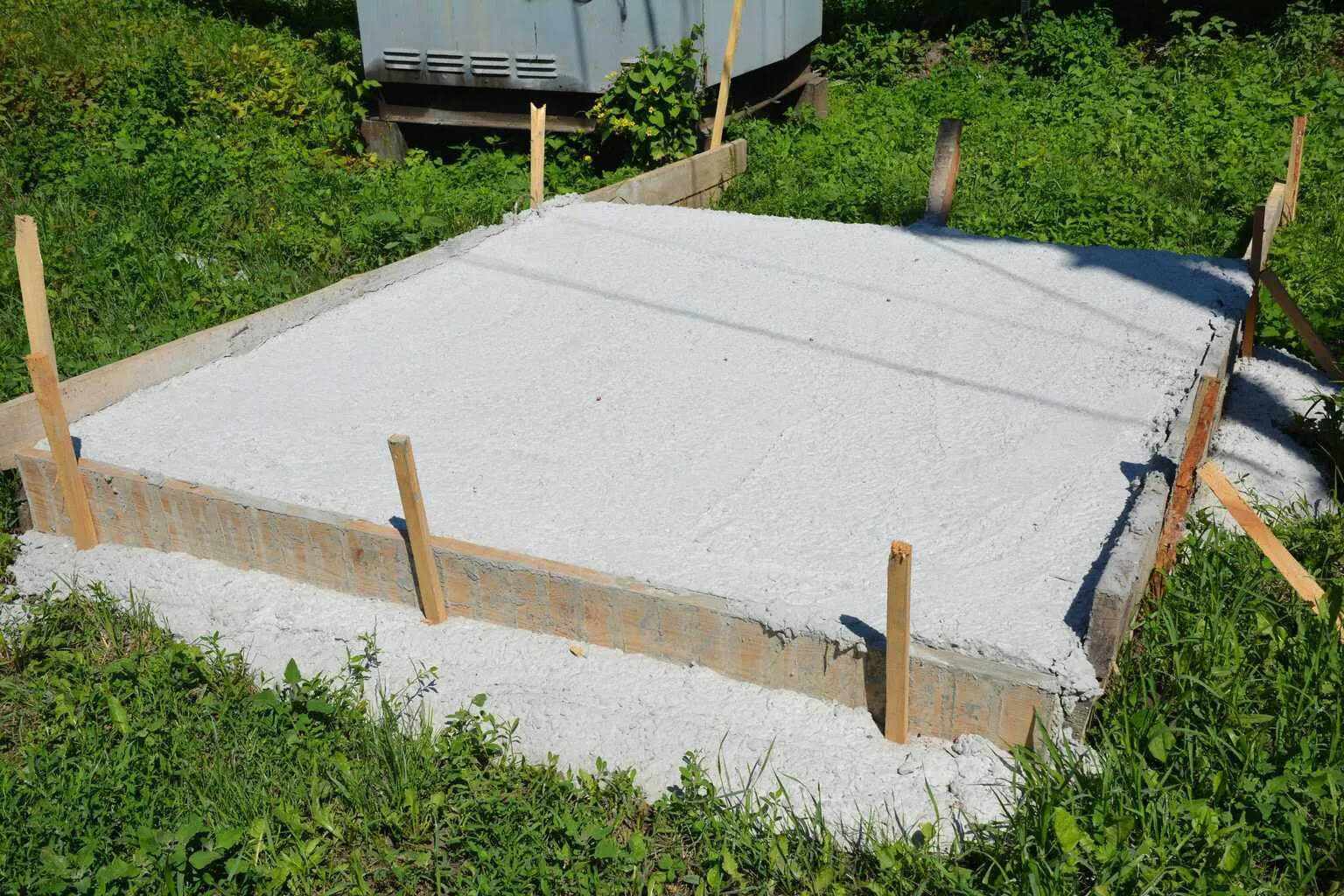
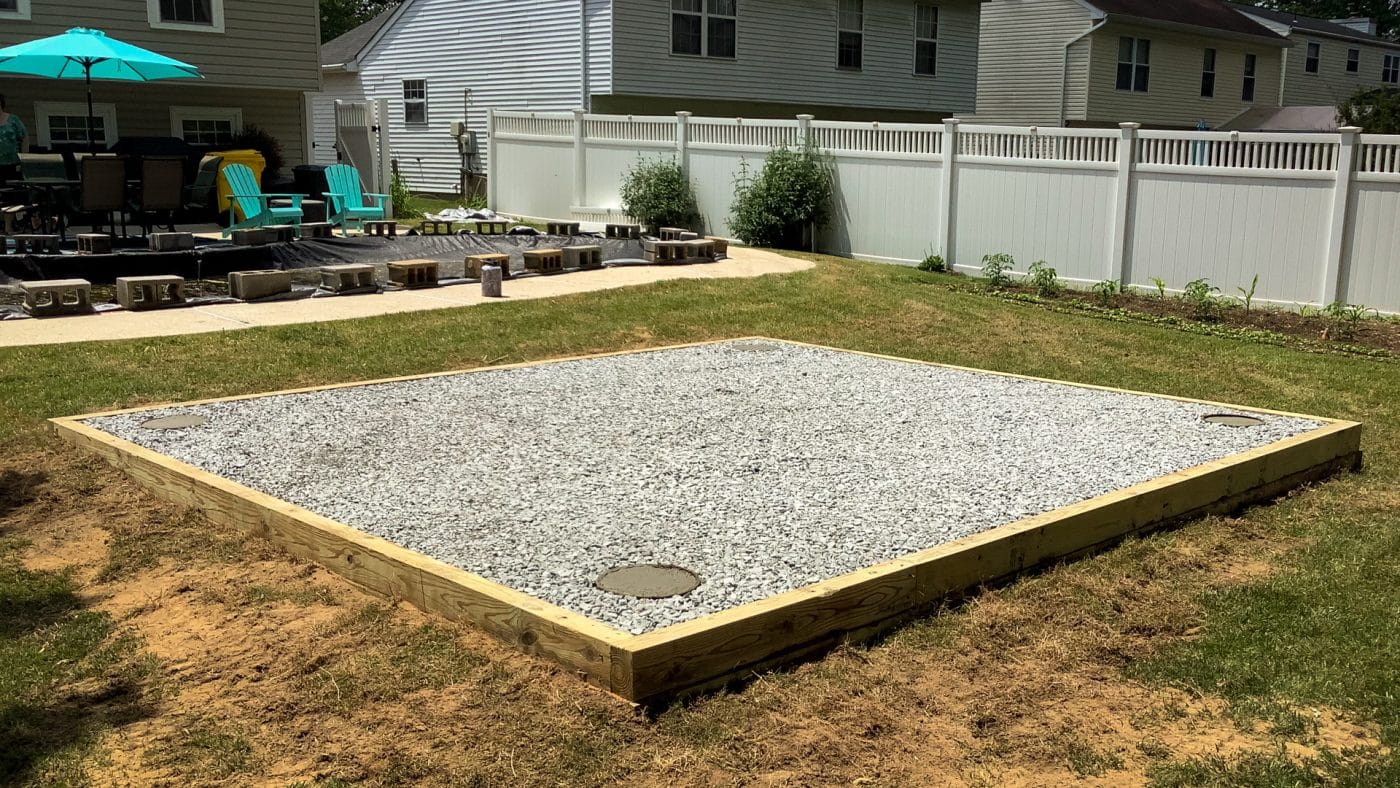
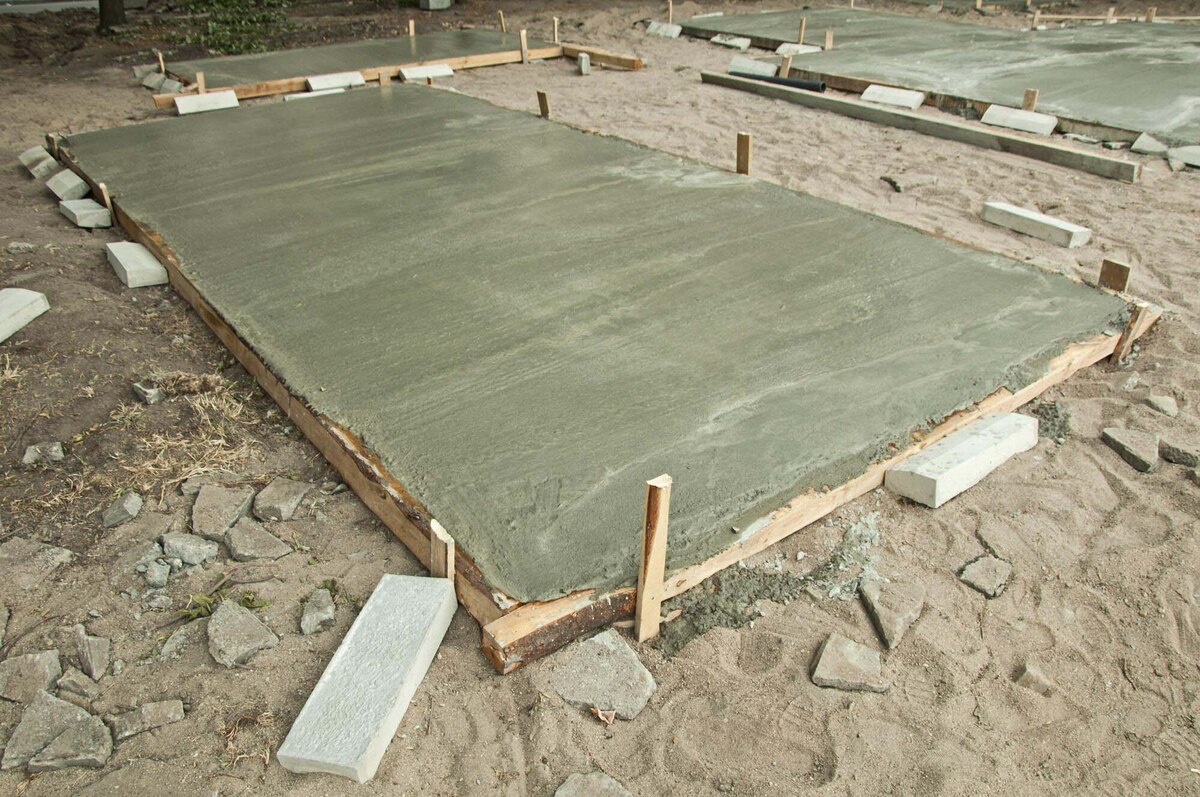
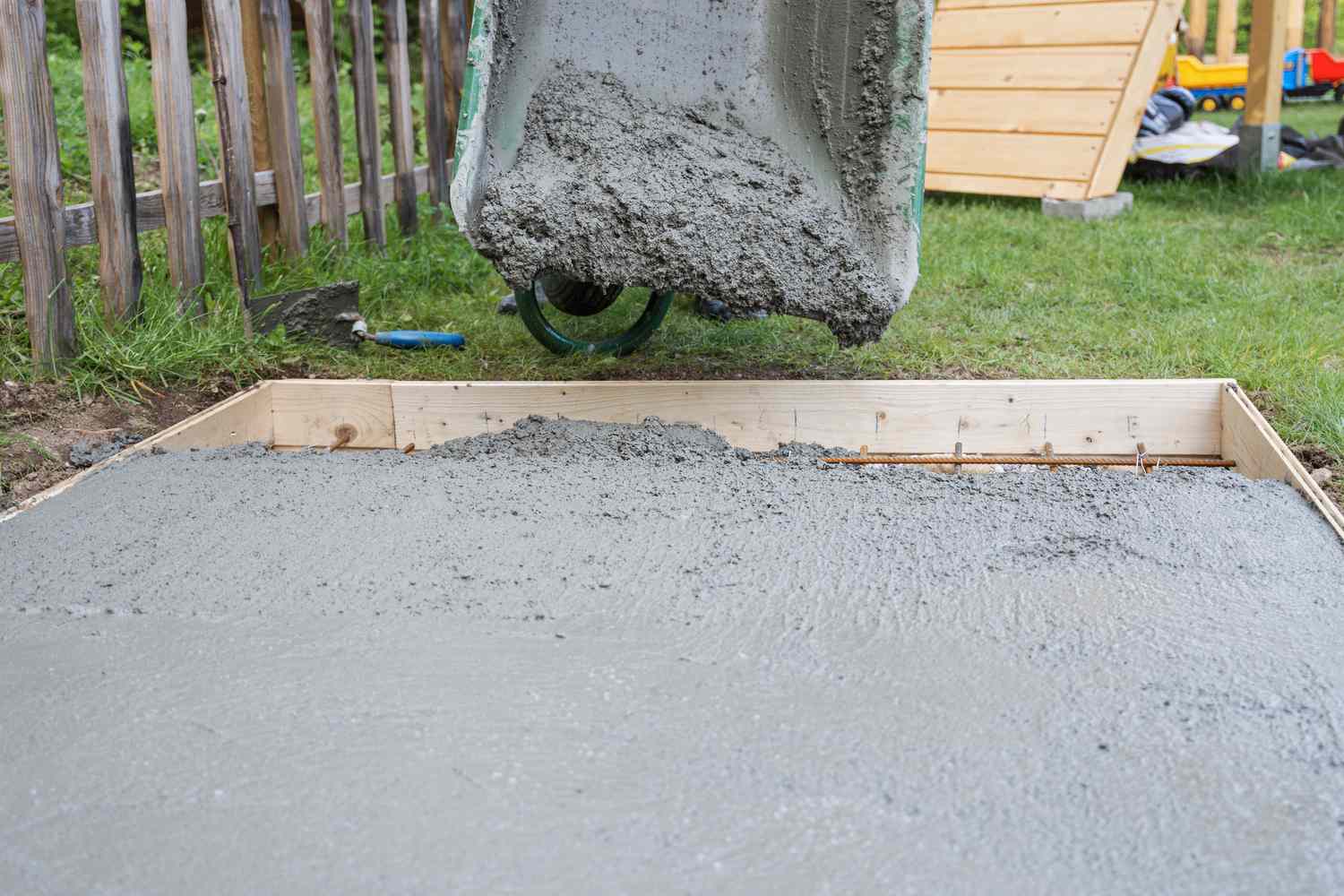
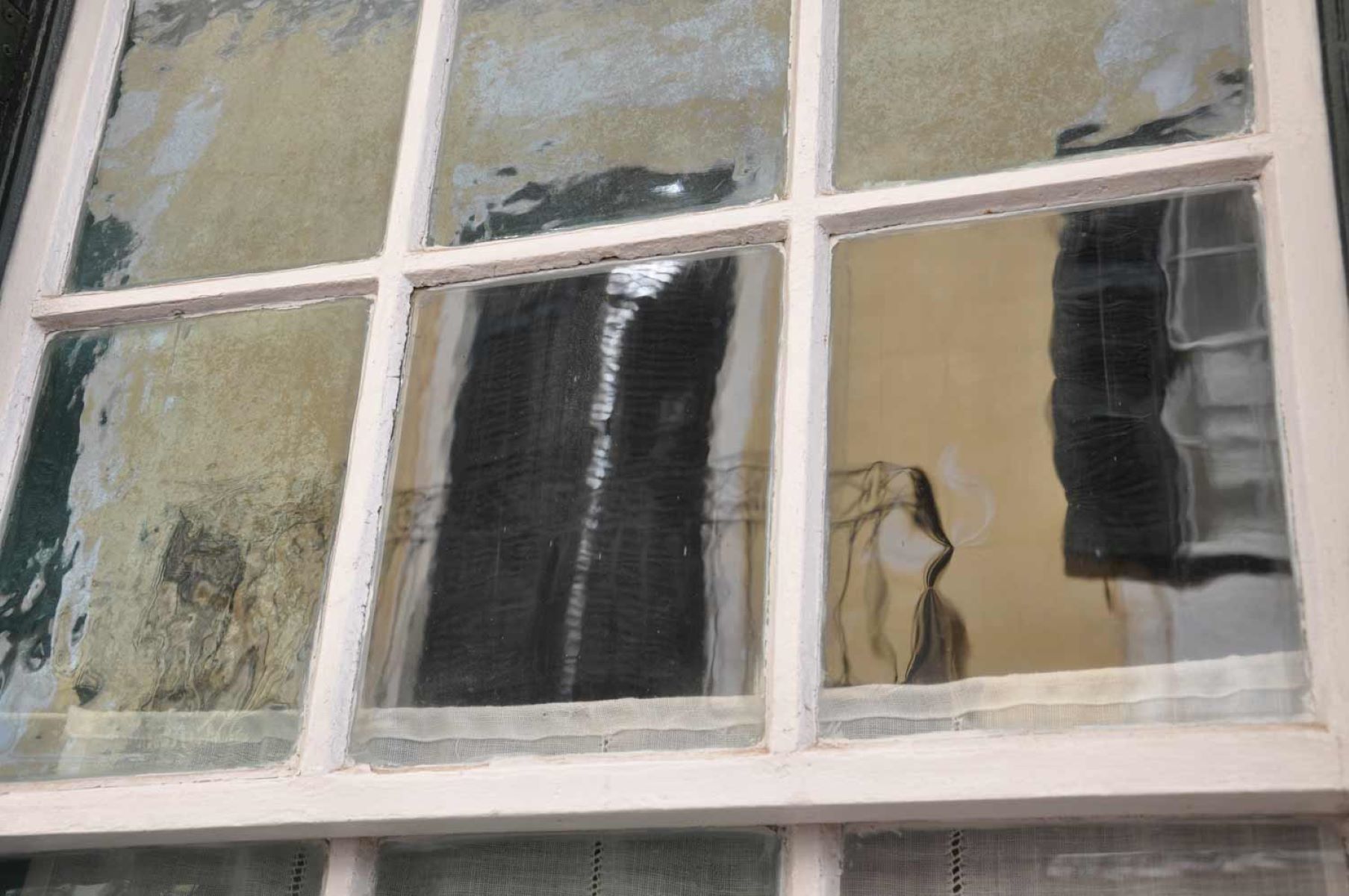
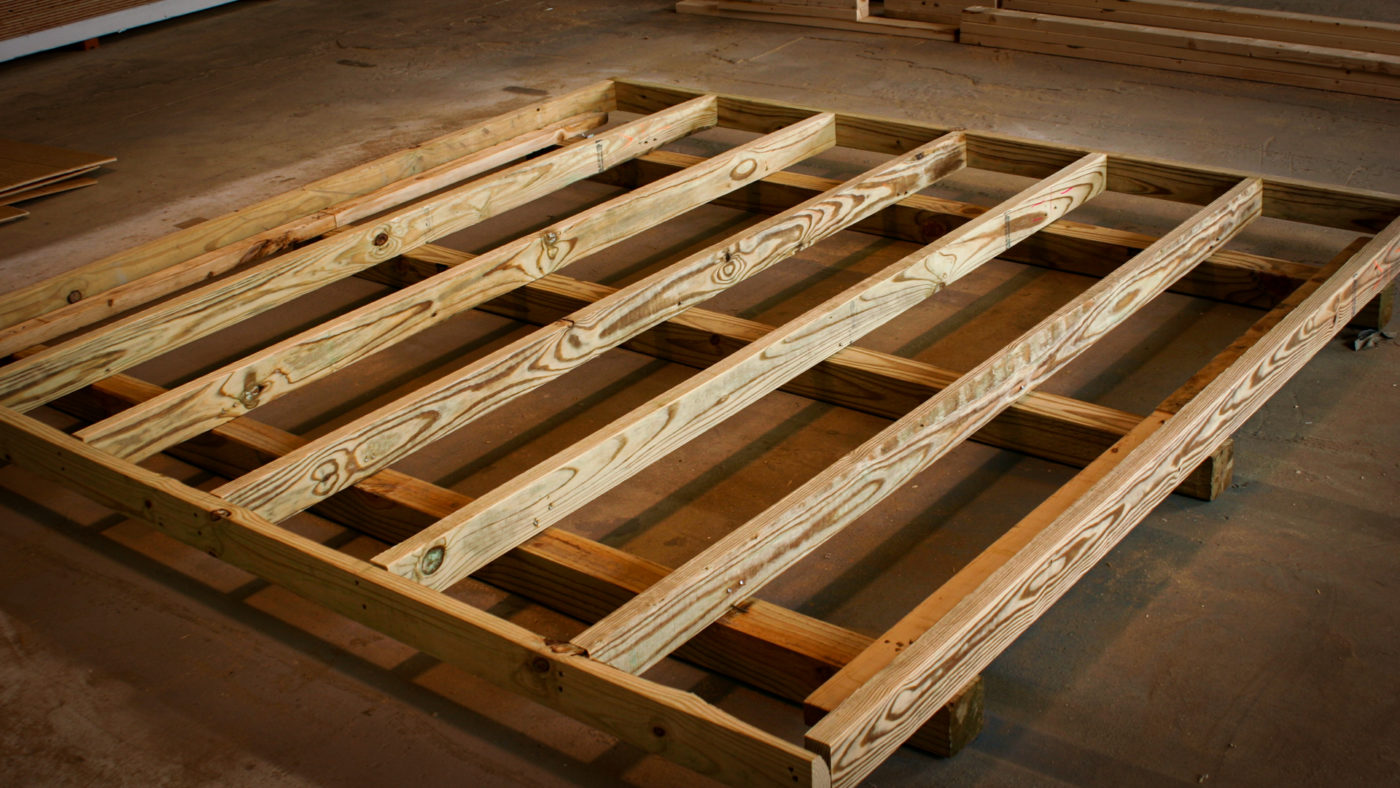
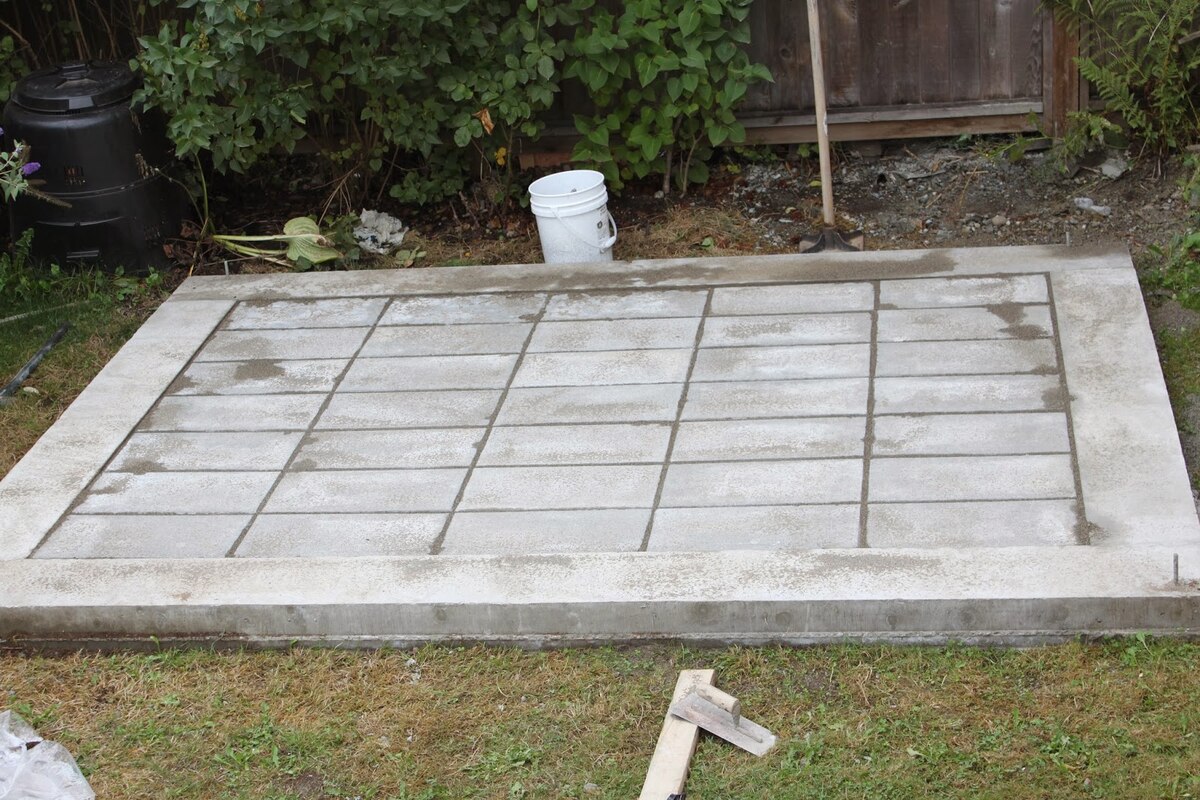
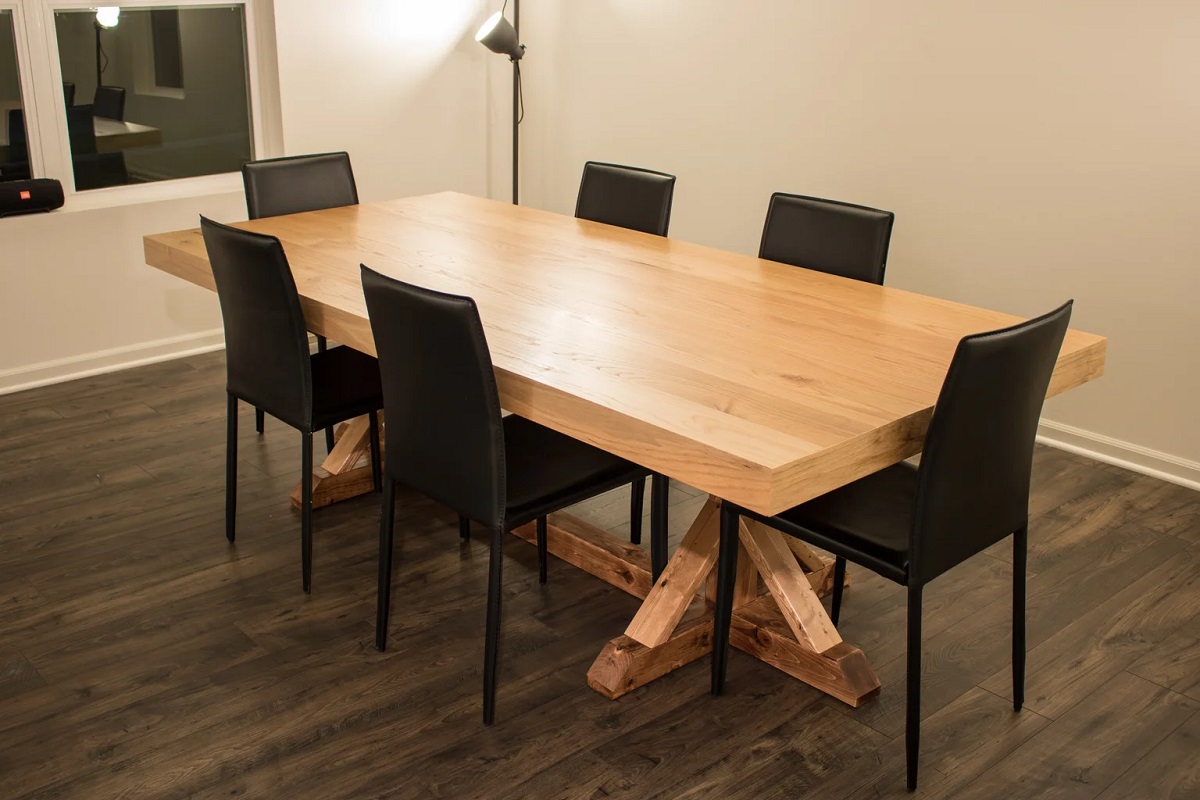
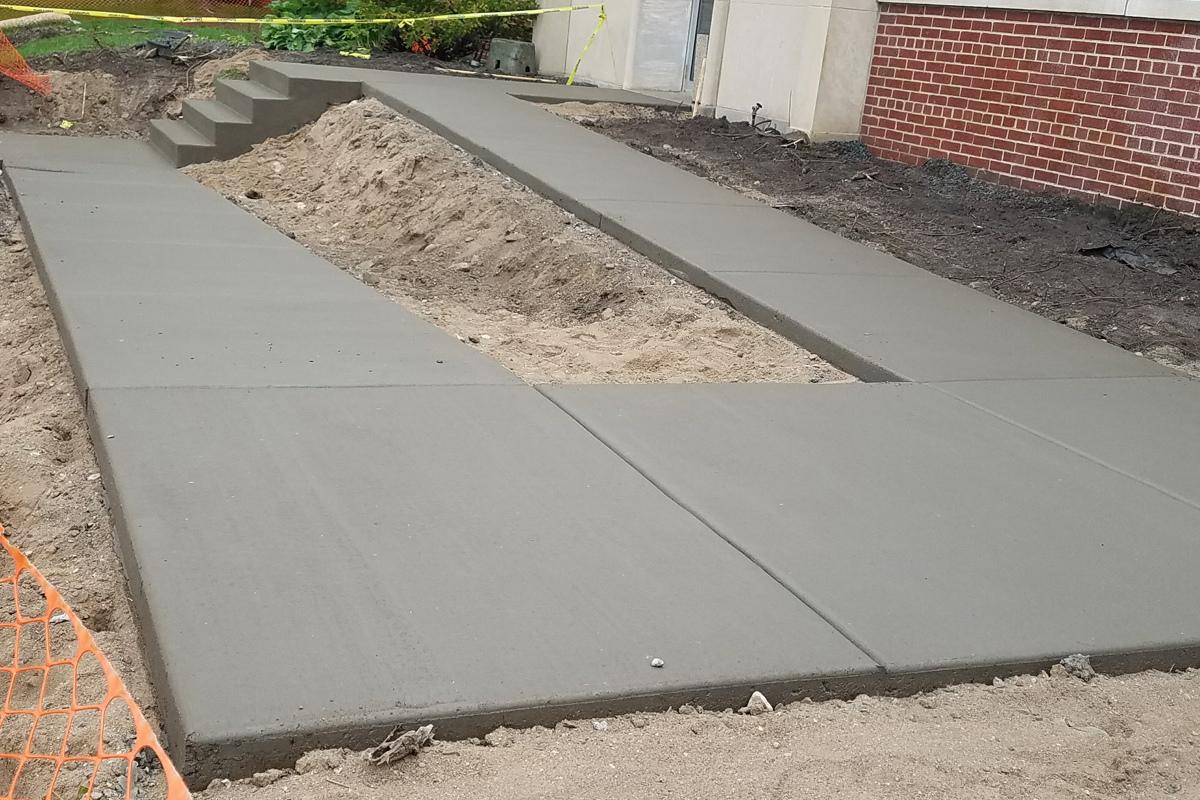
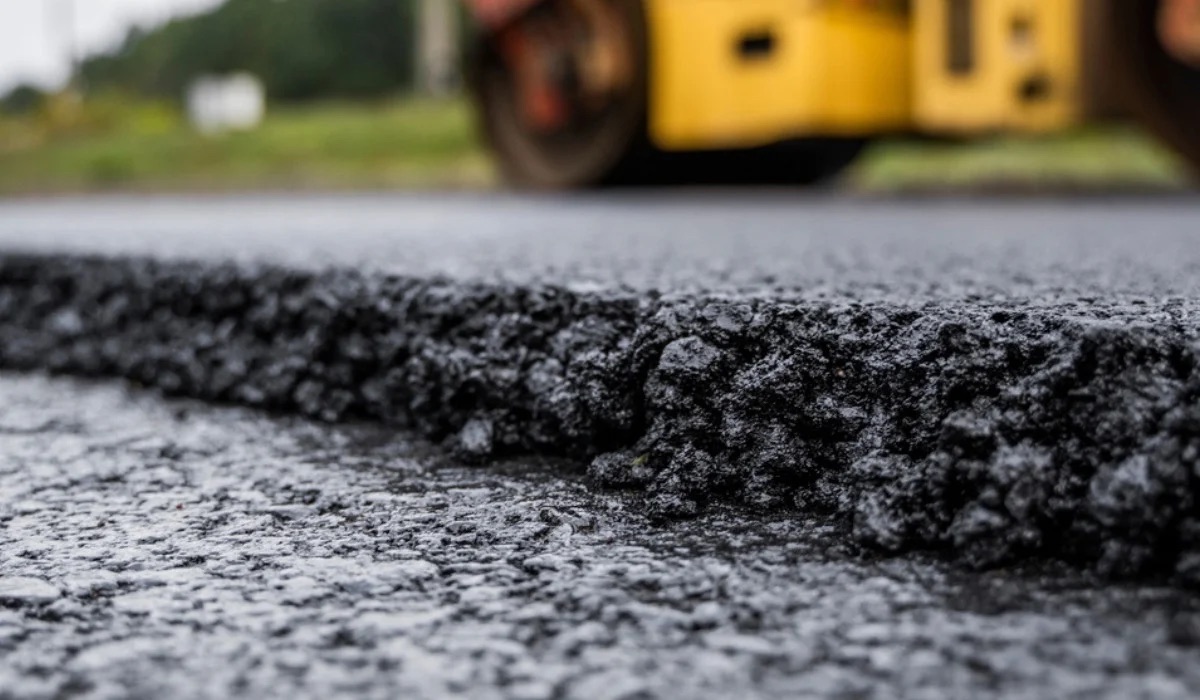
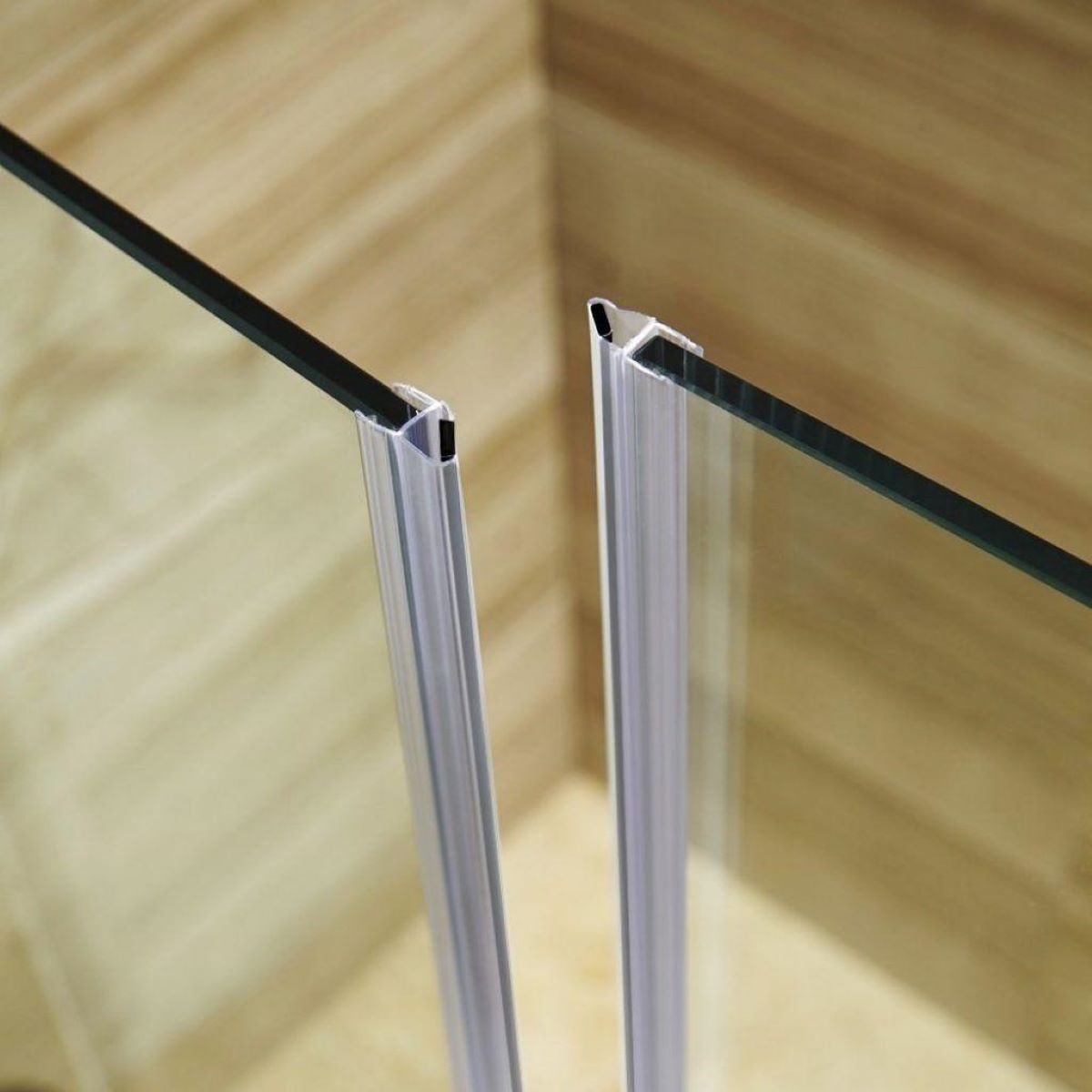
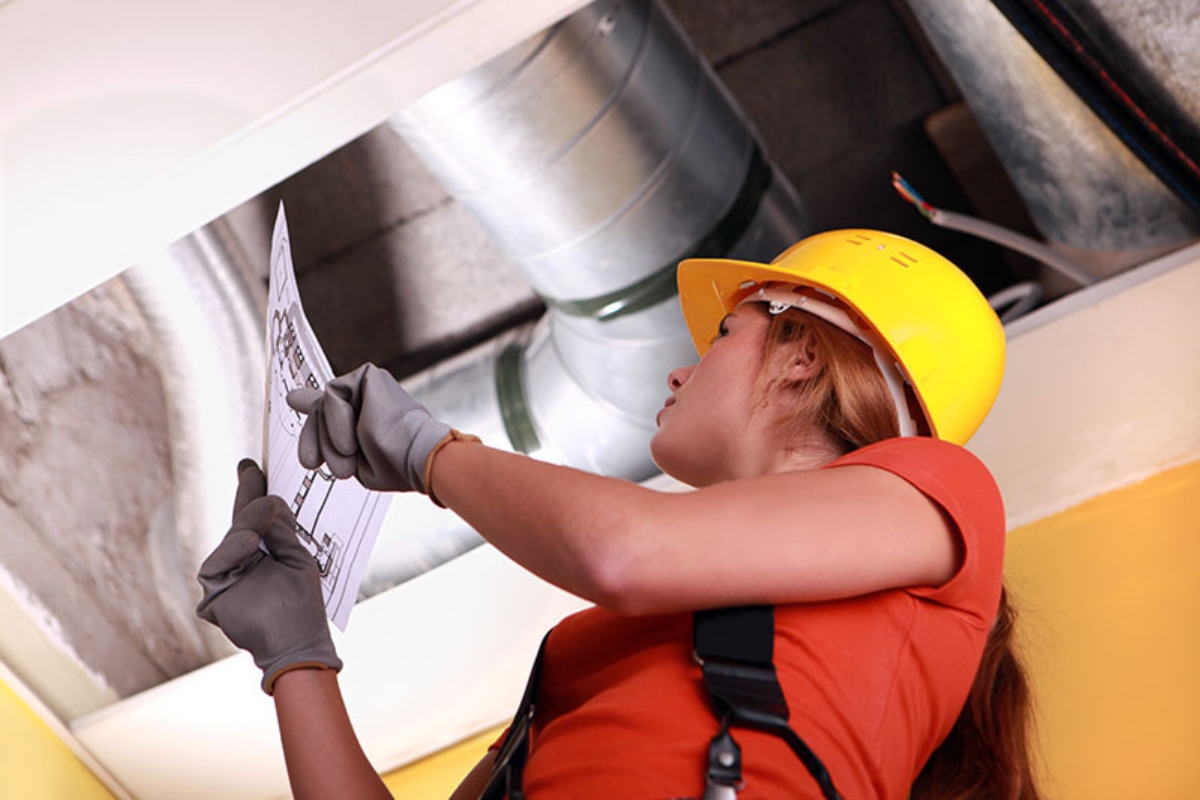
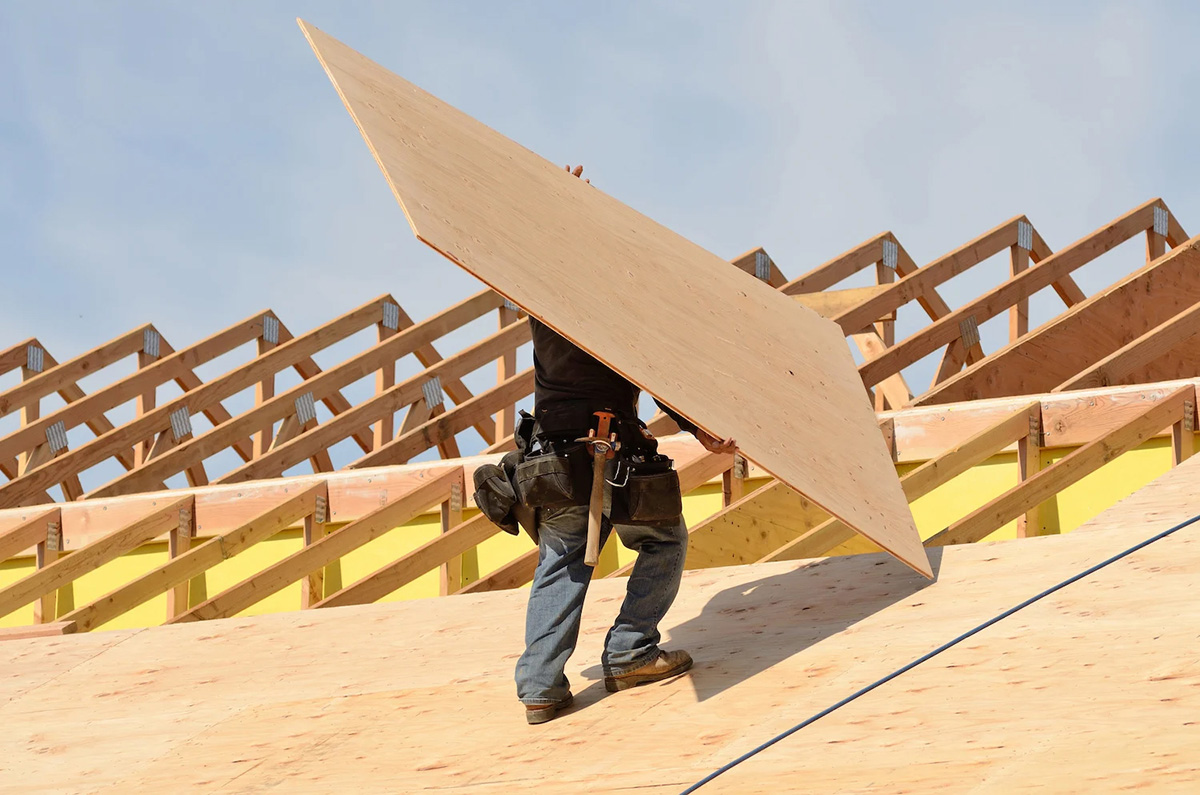

0 thoughts on “How Thick Should A Slab Be For A Shed”